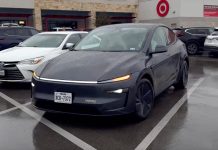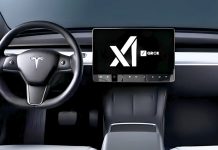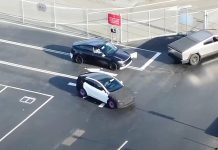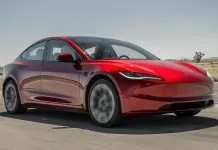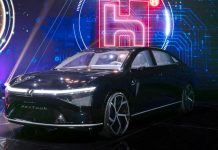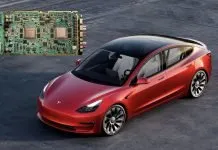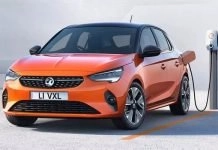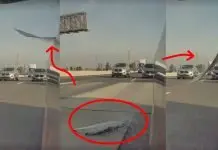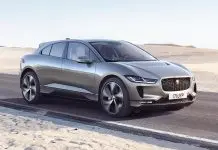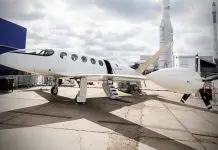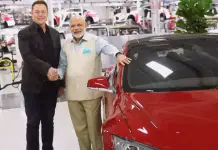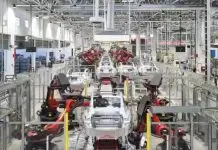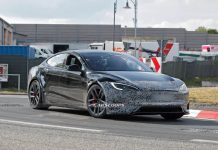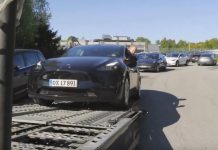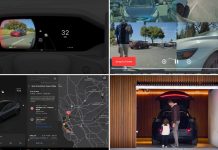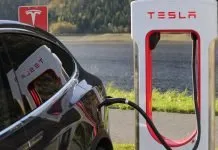Starting in June 2025, Tesla intends to commercially offer Unsupervised Full Self-Driving (FSD) services through paid offerings in Austin, Texas. This move will further advance Tesla’s self-driving initiative toward complete autonomy, as FSD will be released for the first time in a real-world commercial version.
The deployment shows that Tesla has full confidence in its artificial intelligence self-driving framework because it benefits from extensive operation experience, AI training, and vehicle software platform updates.
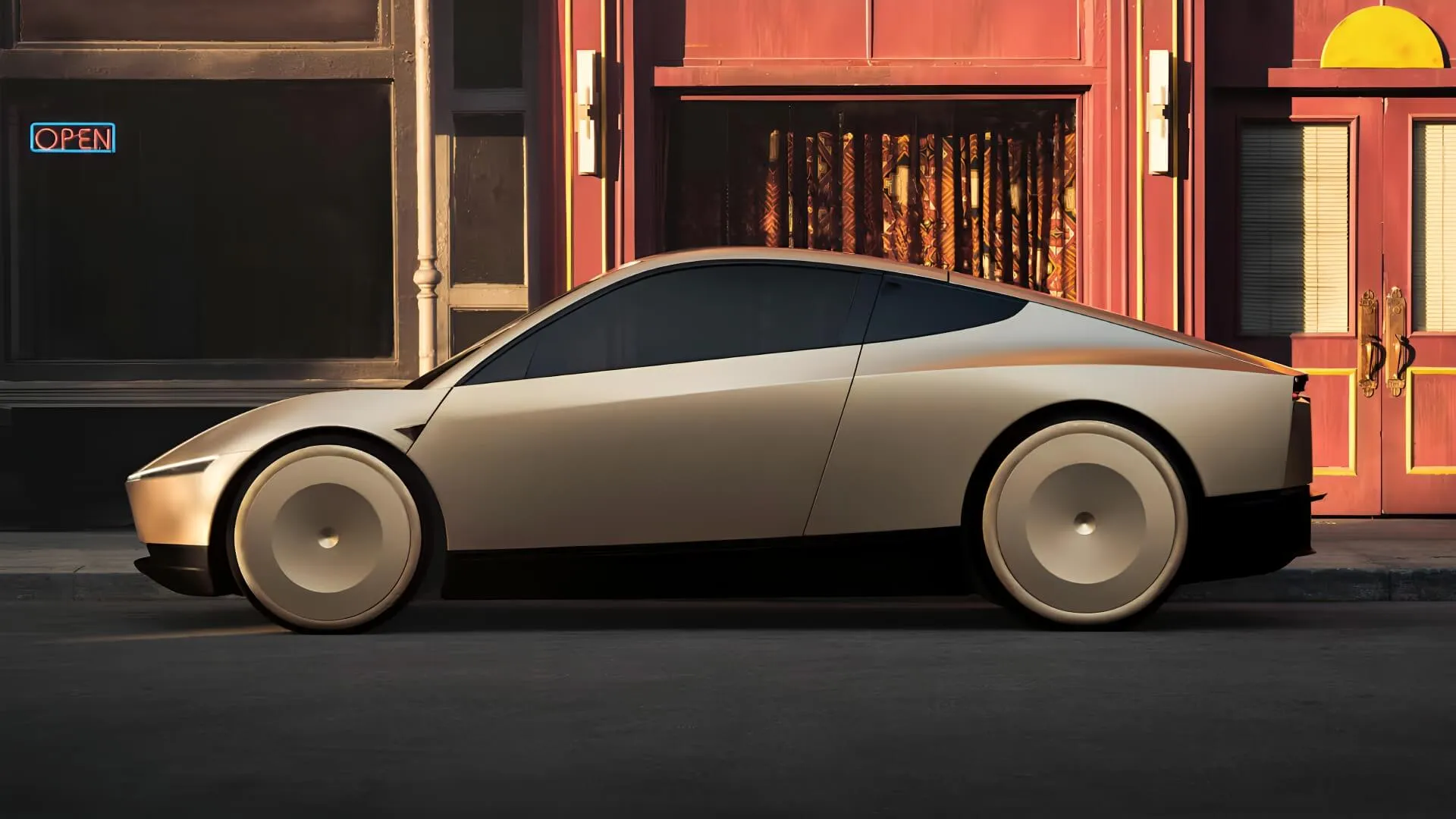
What is Unsupervised FSD?
The Full Self-Driving (FSD) software from Tesla operated as an assisted driving system prior to this update because vehicle operators needed to stay alert to take over manual control at any time. The Austin Unsupervised FSD deployment from Tesla is expected to introduce the following elements:
The car now operates independently without needing drivers to monitor its activities.
Teslas will gain full autonomous operational capability for driving across designated areas without requiring human oversight.
The availability of FSD will be provided as a paid product service through subscription plans or on a distance-traveled basis.
The latest deployment marks fundamental progress since Tesla required human oversight during its former FSD operations. This accomplishment represents the path for the future deployment of driverless Tesla vehicles throughout multiple countries and worldwide.
🔥🔥 Tesla will launch Unsupervised FSD as a paid service in Austin, Texas in June!pic.twitter.com/ui7fgpVRkm
— Tesla Newswire (@TeslaNewswire) January 29, 2025
Why Austin?
Tesla has chosen Austin Texas as their strategic base by establishing their Gigafactory Texas there while receiving friendly support from the city government for autonomous vehicle testing activities. Texas maintains relaxing rules regarding self-driving vehicles so Tesla selected this state for its first full driverless service deployment.
Austin fits perfectly as a research site for next-generation transportation solutions because it offers favorable conditions like its thriving tech sector combined with its many Tesla cars and its forward-thinking innovation approach.
The Technology Behind Unsupervised FSD
The core of Tesla’s FSD technology consists of a vision-based AI system that operates through cameras and neural networks while performing real-time data processing rather than standard LiDAR-based solutions used in autonomous vehicle development by other companies.
The system contains three primary elements:
- The Tesla Vision system uses cameras to identify road objects as well as signals pedestrians and regional landscapes.
- The AI models of Neural Networks get trained by processing billions of actual driving miles obtained from real-world scenarios.
- Tesla operates the Dojo Supercomputer as its internal AI program to perform continuous self-driving algorithm upgrades.
- Autopilot Hardware 4.0 represents an advanced onboard computing system developed to manage systems that support complete autonomous driving operations.
During the Austin launch, Tesla will conduct its first major test of unattended autonomous driving capabilities because its cars currently navigate through cities, highways roundabouts,s and complex intersections independently.
If Tesla successfully rolls out its Unsupervised FSD system in Austin then there will be a fundamental shift in how we move people and things around. The cost of transportation decreases when driverless vehicles are utilized and this makes self-driving vehicles more budget-friendly than conventional vehicle purchases.


